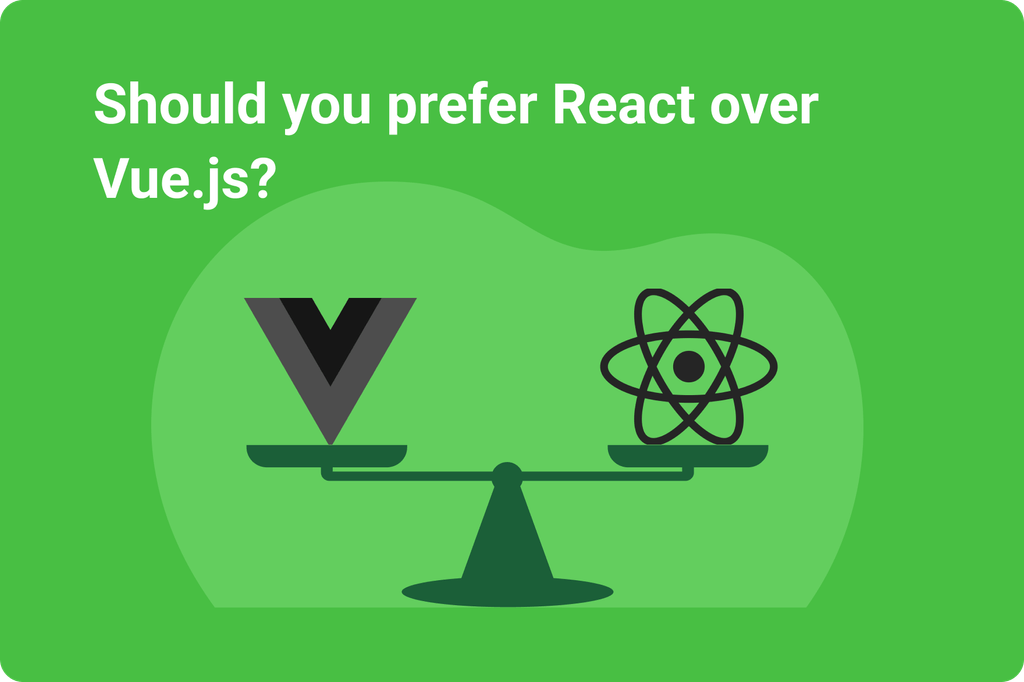
FAQ
What are the advantages of React over Vue?
One of the main reasons for React's popularity is its efficiency with the Document Object Model (DOM). Vue also uses a virtual DOM, but it has better performance and stability than React, according to this data. While the difference in performance between Vue and React is subtle, it is only a few milliseconds.
Is React a more powerful framework than Vue?
Overall, Vue. js offers better scaling capabilities and faster performance speeds, whereas React. js has a more robust ecosystem, more templates and additional tools. This is why teams on small projects where speed is a decisive factor often opt for Vue. js, whereas React fits better to complex web platforms.
Is Vue easier to learn and use than React?
React's documentation is slightly harder to read than Vue. js's, resulting in a slower ramp-up time. In summary, both frameworks are similar in their structure, but Vue. js has an easier learning curve because it allows HTML and JSX.
Table of contents:
Want to estimate your app idea?




